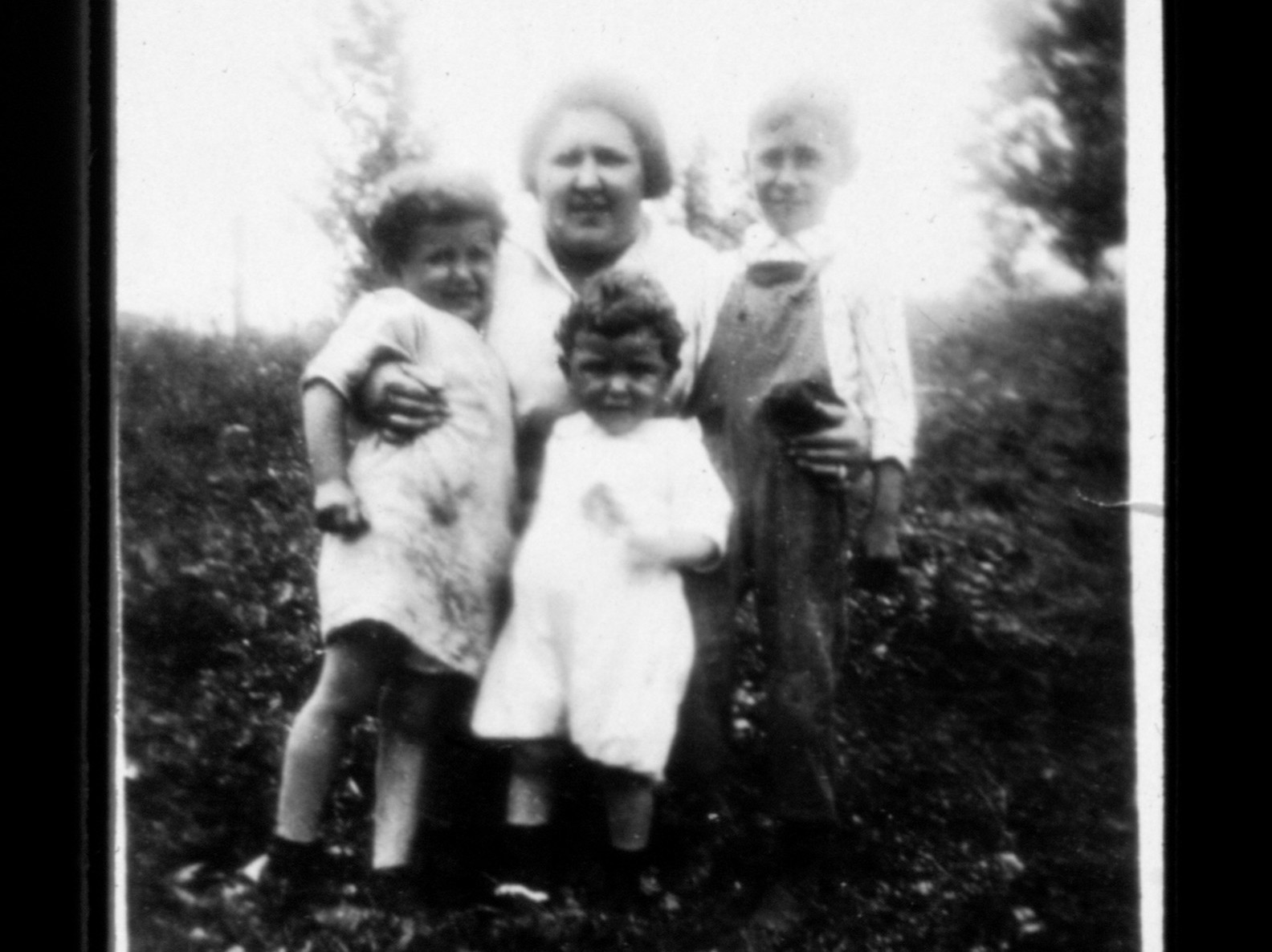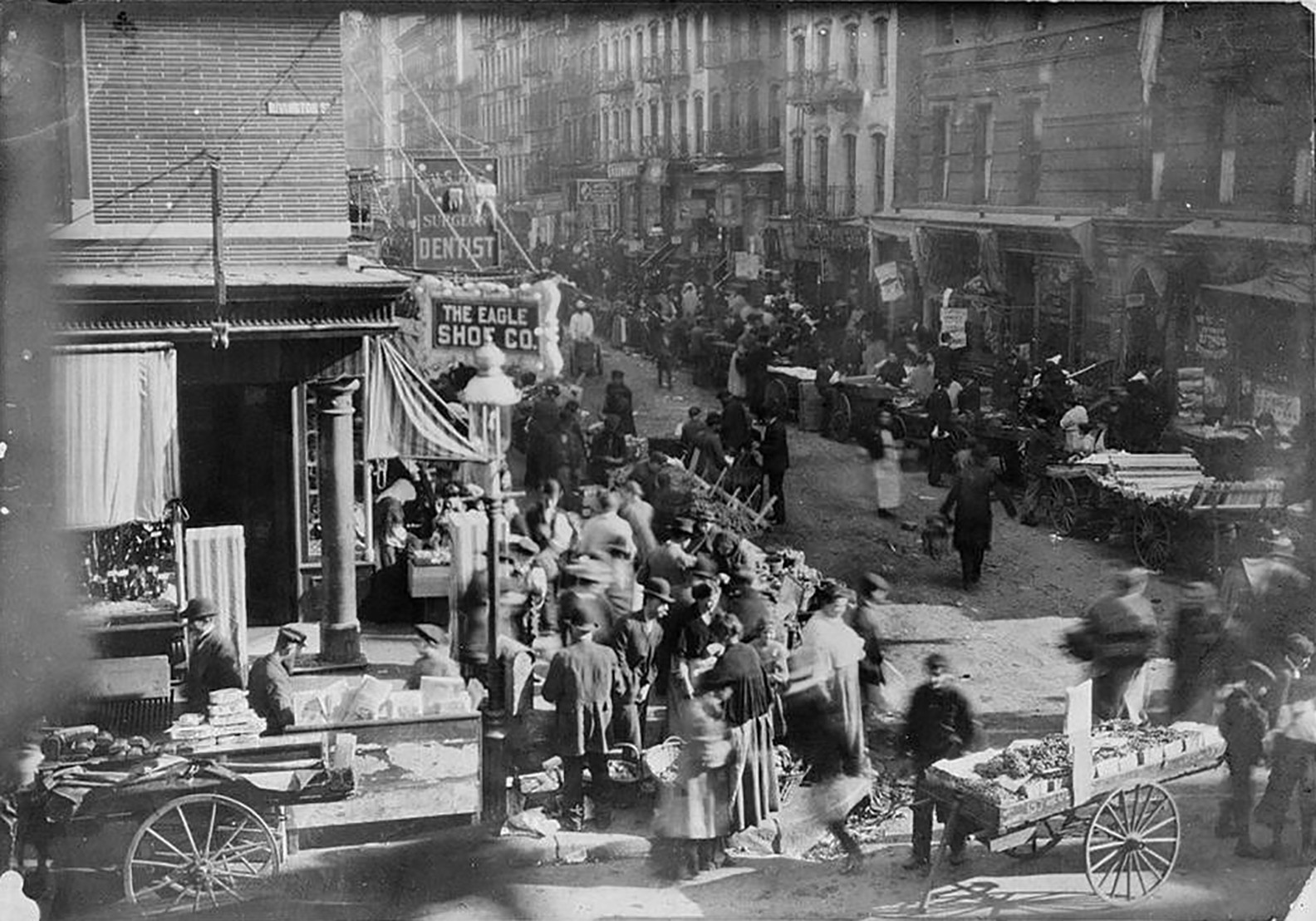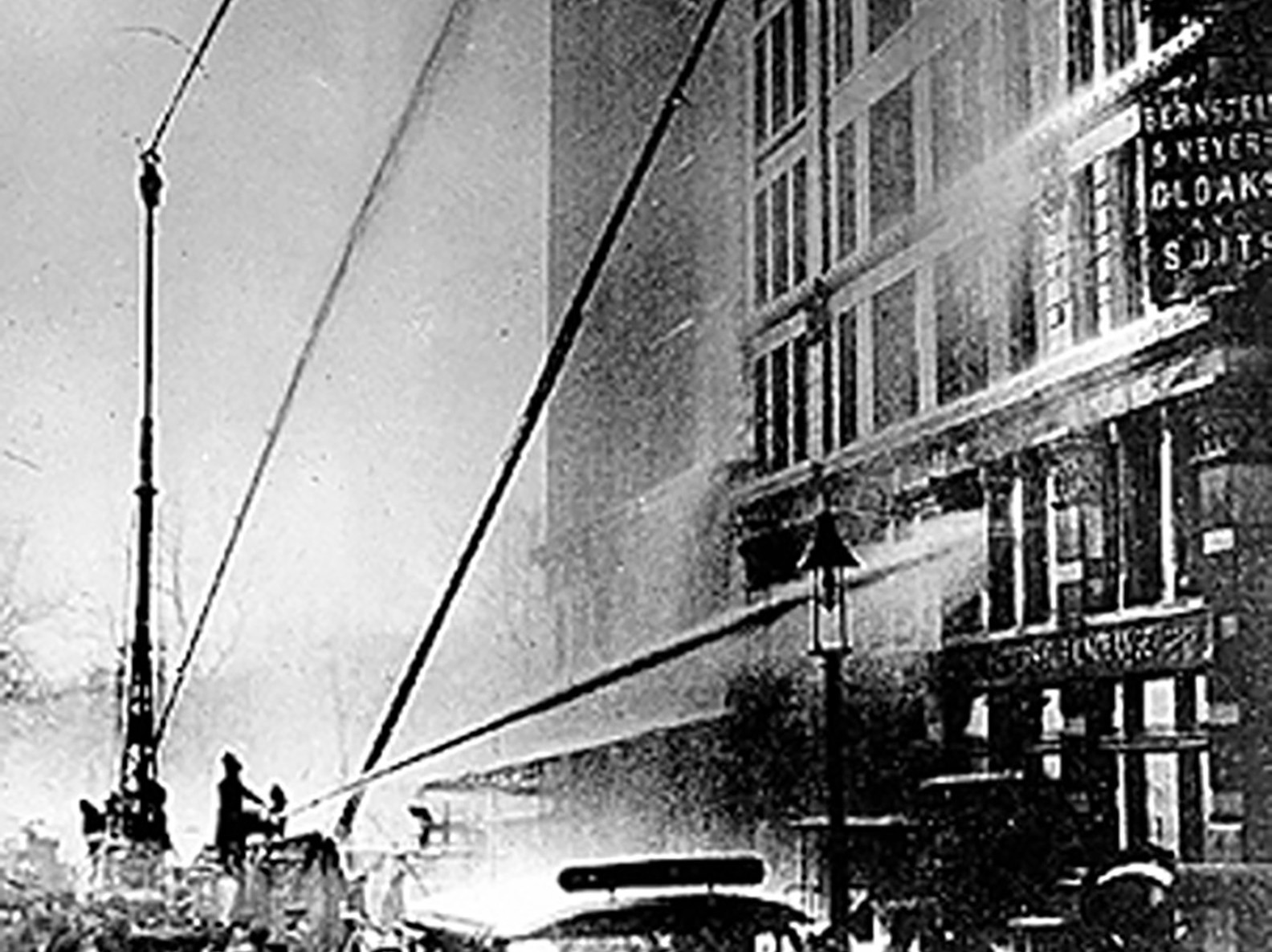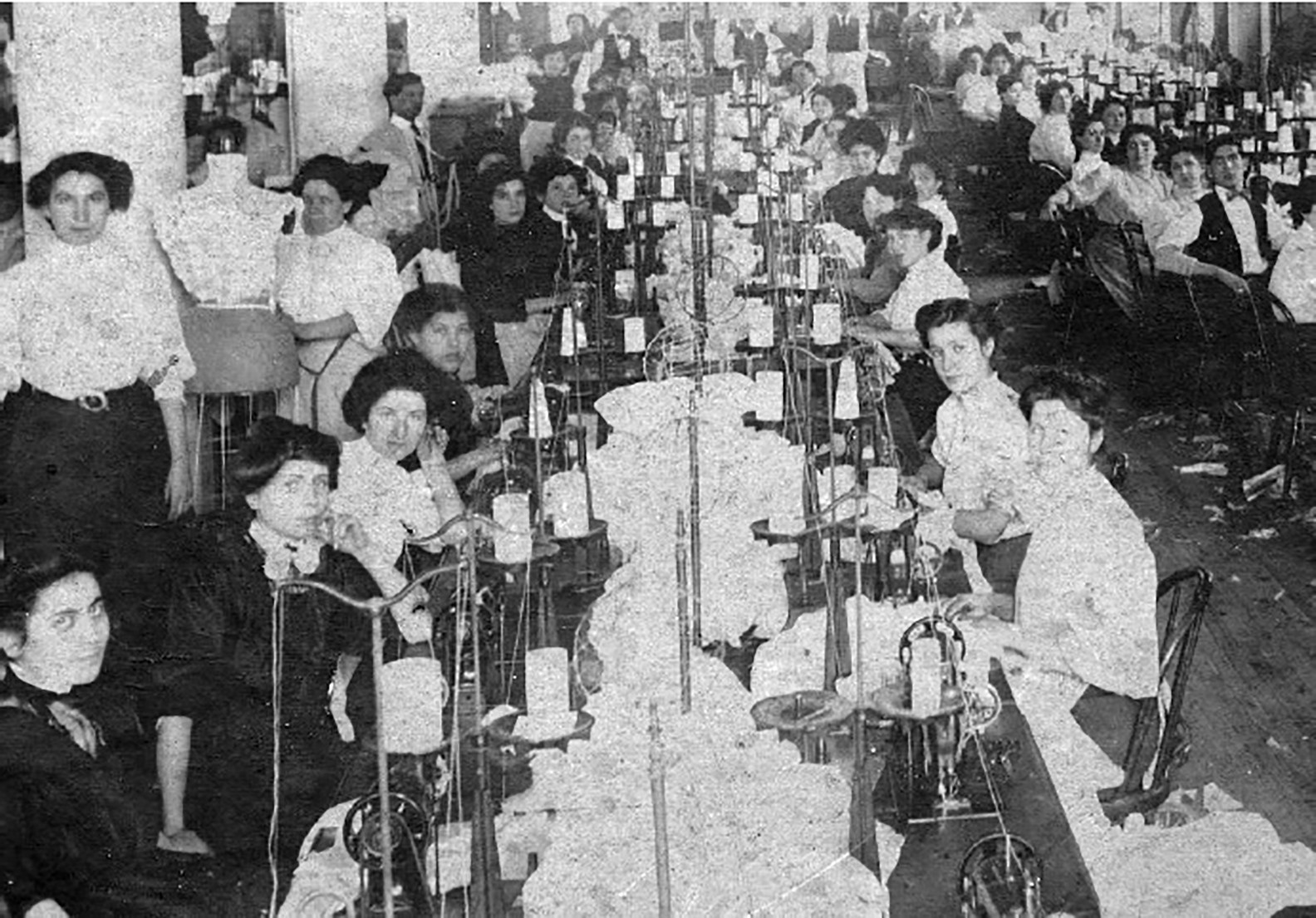
Podcast Season 1: Episode 4
In this Episode
We talked to:
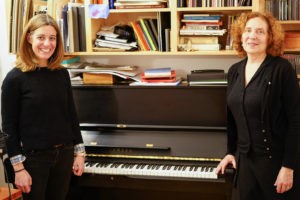
Sarah Tomasewski (Photo: left) was both interviewed by Brendan for this episode and conducted the interview of composer Julia Wolfe. She is an Educator at the Tenement Museum and has a PhD in Musicology from Case Western Reserve University in West Virginia. Her dissertation focused on New York’s music scene from 1845 to 1891. She also created the Tenement Museum’s Sounds of the Tenement program.
Julia Wolfe (Photo: right) is a 2016 MacArthur Fellow and was a recipient of a 2015 Herb Alpert Award in Music. She is on faculty at the NYU Steinhardt School and is co-founder/co-artistic director of New York’s legendary music collective Bang on a Can. In January 2019, the New York Philharmonic premiered Fire in my mouth, Wolfe’s large-scale work for orchestra and women’s chorus, continuing her interest in American labor history with the subject of women in New York’s garment industry at the turn of the century.
We featured the family story of:
In this episode we share the story of Bessie Rogarshevksy, and talk about what the soundscape of her life might have been. Bessie immigrated to the United States with her parents and three siblings from Telsh, Lithuania. The family arrived in the Lower East Side of Manhattan in 1901. Bessie, the second oldest, was just seven years old. Sometime between 1907 and 1910, the family moved into 97 Orchard Street. Bessie spent her teenage years there, surrounded by the sounds of her neighbors. The 1910 census shows us that Bessie worked in a ladies’ shirtwaist factory as a sewing machine operator. Although the Lower East Side was the center of the garment industry for many years, by 1910 most of the large electrified factories were located outside of the neighborhood. We don’t know which factory Bessie worked in, but we know it was not the Triangle Shirtwaist Factory.
Additional Video Content
Where we got our information:
Both Sarah and Julia cited several books in their interviews, and although those titles didn’t make it into our edited version, you can find more information on them here:
Selling Sounds: The Commercial Revolution in American Music by David Suisman
Cheap Amusements: Working Women and Leisure in Turn-of-the-Century New York by Kathy Peiss
Tenement Songs: The Popular Music of the Jewish Immigrants by Mark Slobin
Ladies of Labor, Girls of Adventure: Working Women, Popular Culture and Labor Politics at the Turn of the Twentieth Century by Nan Enstad
The Triangle Fire by Leon Stein
